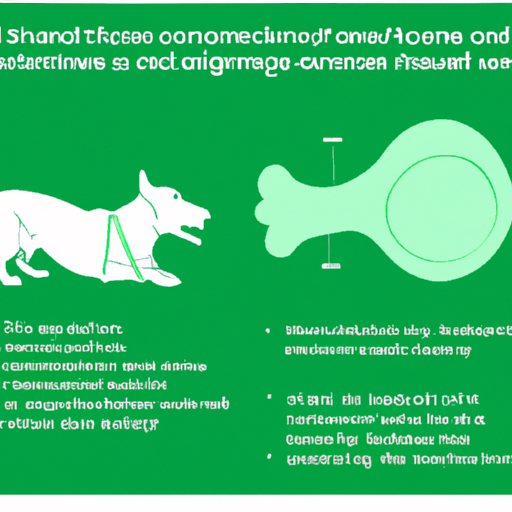title: “How Big is a Dog’s Stomach?”
How Big is a Dog’s Stomach?
Understanding the size and anatomy of a dog’s stomach is crucial to your pet’s health. This guide will delve into the ins and outs of your dog’s digestive system, plus the factors that can alter the size of their stomach.
The Basics of a Dog’s Digestive System
As a caregiver, it’s essential to know the basics of your dog’s digestive system. Similar to humans, the stomach is the first stop in a dog’s digestive tract. Here, food begins to break down before moving into the intestines.
- The size of a dog’s stomach depends on their size and breed.
- Generally, the stomach makes up about 60-70% of the space in a dog’s abdominal cavity.
Factors That Influence the Size of a Dog’s Stomach
Several factors can influence the size of your dog’s stomach. Understanding these can help you ensure your pet is healthy and well-fed.
-
Size and Breed: Larger dogs have larger stomachs. For instance, a Great Dane’s stomach is considerably larger than a Chihuahua’s.
-
Age: Puppies have smaller stomachs than fully grown dogs. As they grow, their stomach capacity increases.
-
Diet: Dogs that eat large meals may temporarily have larger stomachs due to distension.
-
Health Conditions: Conditions such as bloating or gastric dilatation-volvulus (GDV) can cause a dog’s stomach to enlarge.
Understanding Gastric Dilatation-Volvulus (GDV)
One of the most critical conditions to be aware of as a caregiver is Gastric Dilatation-Volvulus (GDV). This condition can cause a dog’s stomach to twist, leading to a life-threatening situation.
| Signs of GDV | Description |
|---|---|
| Distended abdomen | The stomach may be visibly swollen. |
| Unproductive vomiting | The dog may attempt to vomit but produce nothing. |
| Restlessness | The dog may not be able to get comfortable. |
Feeding For a Healthy Stomach
Feeding your dog correctly is vital for maintaining a healthy stomach. Here are some tips:
- Feed small meals frequently, rather than one large meal a day.
- Monitor your dog’s weight and adjust their food intake accordingly.
- Ensure your dog has a balanced diet with the right nutrients.
Frequently Asked Questions (FAQs)
Q: How big is a dog’s stomach compared to a human’s?
A: Generally, a dog’s stomach is smaller than a human’s. The size depends on the dog’s breed and size.
Q: Can a dog’s stomach shrink?
A: Yes, a dog’s stomach can shrink if they eat smaller meals or if they’re fasting.
Q: How can I tell if my dog’s stomach is bloated?
A: Signs of bloating in a dog include a visibly swollen stomach, restlessness, and unproductive vomiting.
Q: How often should I feed my dog?
A: It’s generally recommended to feed an adult dog twice a day. However, puppies require more frequent meals.
By understanding the size and needs of your dog’s stomach, you can ensure they remain healthy and happy. Remember, you’re their caregiver, and their health is in your hands.



